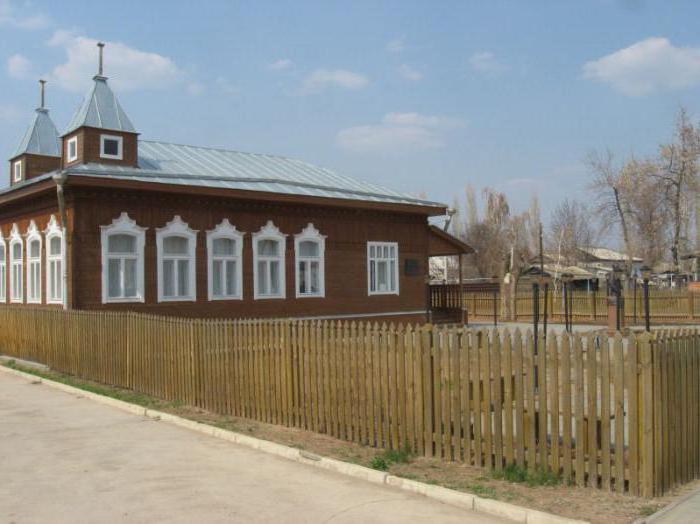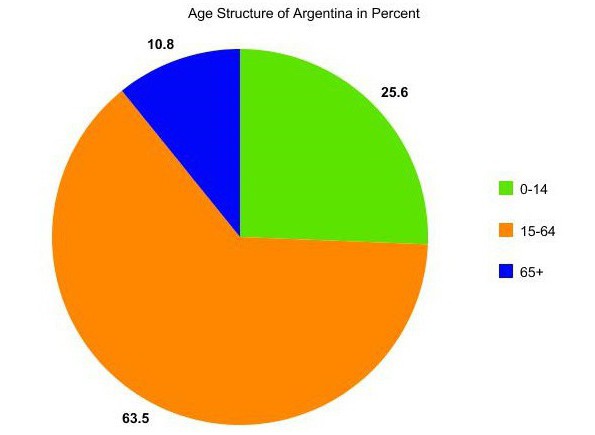The able-bodied population of the Earth
The able-bodied population is part of the populationcountry, capable of physiological and mental data to participate in the labor process. This is a set of people of mainly working age. In Russia, this age is for women from 16 to 54 years, for men - from 16 to 59 years. The working age can differ in different countries according to the legislation and depends on the established traditions and legal conditions.
In world statistics, the able-bodied are acceptedConsider a population of 15 to 64 years of age. According to estimates of specialists, in 1970 the proportion of able-bodied population was about 58% of the world population. In developed countries of the west, this figure reaches 65%.
There is also the concept of manpower, but it covers not only a certain age range, but also includes professional and qualification characteristics.
The able-bodied population is characterized byquantitative and qualitative characteristics. The quantitative composition is determined by the total number, rate of growth and absolute growth of the able-bodied population. The qualitative component is characterized by physical indicators - the state of health and capacity, as well as the level of educational and vocational training. By professional work capacity is understood the ability to a specific type of activity, requiring special training.
Economically active population of the country - partable-bodied population, engaged in production, as well as non-productive spheres. This includes the unemployed, that is, people who are able and ready to work and are actively seeking employment.
The world's able-bodied population is growing in ourdays mainly due to the countries of the developing economy. According to leading recruiting companies in the world, by 2030 its number will increase by 21%. At the same time, the main increase (about 930 million people) will fall to India, Nigeria, Pakistan, Indonesia, Latin America and Africa.
The able-bodied population of European countries withThe developed economy is characterized by a tendency towards aging and a decrease in the number. The forced need to bet on workers over 60 years leads to an increase in the retirement age. Companies have to develop special programs for such workers for re-qualification, as well as technology for health care.
The able-bodied population of Russia also hastendency to steady decline. According to forecasts of specialists, by 2030 its number will decrease by almost 17 million people. Russia tops the list of 25 countries, because of the difficult demographic situation, the largest decline in the able-bodied population is planned. The second place is occupied by Japan. Experts predict the loss of 13 million people of working age.
Also in this list Germany (8 million),Ukraine (6 million), Poland (3.9 million people). The number of able-bodied people will increase, especially in India (approximately 240 million by 2030), Pakistan, Nigeria, Bangladesh (respectively, 62, 54, 34 million). In developed countries, the largest increase in the population is expected in the US - 18 million people.
These countries will soon be in dire need ofin attracting highly qualified specialists. The governments of countries such as the UK, the US, Singapore and Australia have created the most attractive conditions for attracting foreign specialists through a thoughtful immigration policy and a high quality of life.
The able-bodied population is aging, in connection with whichthe government of many countries decided on raising the retirement age. In Japan, this age was 65 years back in 2006, in Brazil even earlier - in 2003 (60 years for women and 65 for men). Other countries (for example, Great Britain) have adopted a number of laws prohibiting discrimination against retirement age workers and allowing them to remain at their workplaces.
</ p>>







